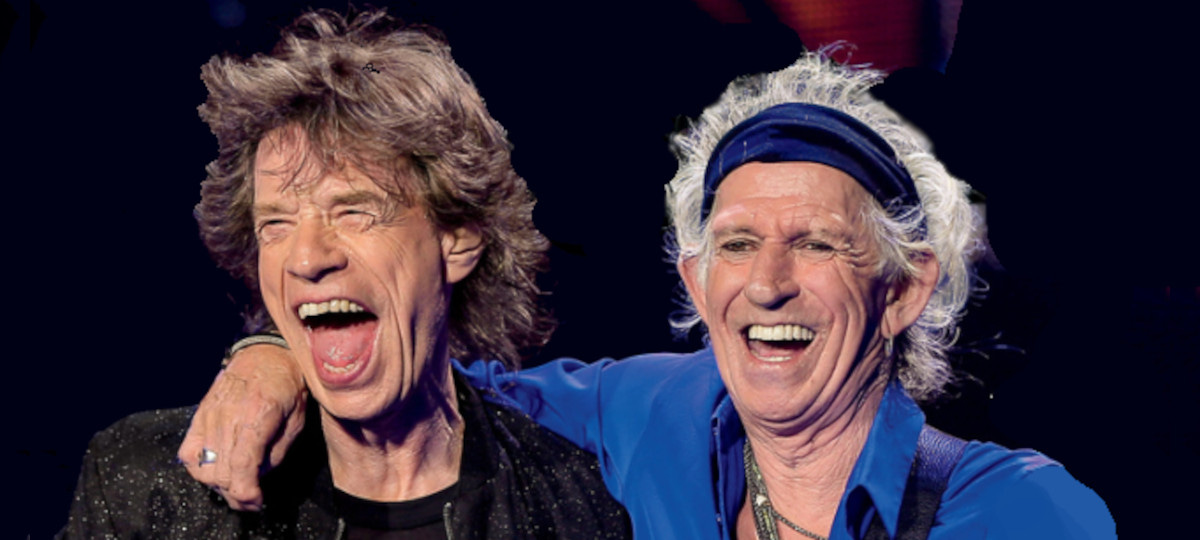THOUGHTS ON ANCIENT ROCKSTARS
PARTLY FROM 'ADDICTED TO ATTENTION' A CHAPTER IN MY BOOK 'BLACK VINYL WHITE POWDER', AVAILABLE FROM AMAZON
Throughout the 60s, the media’s obsession with the Beatles and the group’s ability to come up with nonstop Number Ones confirmed a new marketing truth. If artists wanted their next record to sell as well as their last one, they needed to make their daily lives an ongoing media story.
It began in the Fifties when the Top Ten changed from sheet music to records. From then on the singer was more important than the song. It was the artist that was being marketed and by buying their record you bought into them.
Elvis showed the way. His first grab for attention was by shaking his bits on stage. He followed this with military service in the public eye, then three movies a year throughout the 60s, giving the media a possible new romance to report with each leading lady. Elvis's day-to-day life became part of America's daily news and as a result, good or bad, each new record automatically found a place in the Top Ten.
In the Sixties, both the Beatles and the Stones became masters of the same technique. Their daily lives became a public obsession. Feeding it to the media wasn’t passive on their part, they knew what they were doing (or their management did). It wasn't just the publicity attached to a new record, it was ensuring there was a constant flow of news in the gap between releases. That way, as each record came out, it moved automatically to the top of the charts. Could Yellow Submarine really have been a hit for any other group but the Beatles? Or Angie for the Rolling Stones? We’ll never know because by the time the question was asked, the songs were already imprinted in our brains.
Since then, making their day-to-day lives part of our daily news is what the top echelon of pop stars have aspired to do. For most of them, the initial flow of tabloid stories is activated by their managers. But the artists who stay at the top are the ones most adept at adopting the technique for themselves.
In the Seventies, David Bowie mastered it brilliantly. First becoming gay, then becoming Ziggy Stardust, then backtracking with a marriage before flirting with Nazi-ism, swapping rock music for dance and dropping one wife in favour of another. His life was ours to interpret as we wished. And his music always got listened to.
In the Eighties, Boy George turned up, taking us on a similar ride – tea preferred to sex, rehab for heroin, romance with his drummer and imprisonment for handcuffing a rent boy - always with a saucy hat on his head.
You could say these artists were addicted to attention but since public attention is the essential ingredient of pop success, it’s equally true to say they were committed to a long career.
From America, Michael Jackson was the standout contender – silly speaking-voice, living in an amusement park, best friends with a chimpanzee and lots of young boys, marrying Lisa Marie Presley and dangling their baby over a hotel balcony. But he had stiff competition…
Madonna riled the Pope with her lyrics, simulated masturbation on stage, married a British film director, snogged Britney Spears at the MTV Awards and adopted a child from Malawi. Like Bowie, her life was ours to live along with.
Elton John wasn’t far behind – changing wigs and eyewear and costumes and partners - suing the Sun, getting married to a woman, giving up drugs, getting married to a man and having surrogate children.
Or George Michael - suing Sony, playing genital peekaboo with a policeman and declaring war on Rupert Murdoch.
Sometimes, it seemed these were the things the public enjoyed most about the music industry. Records took a back seat.
In the Noughties, it went on as usual. Ozzy Osbourne, Jay-Z, Beyonce and Lady Gaga - all of them turned their lives into everyone’s daily conversation. Followed by Justin Bieber, Kayne West, Doja Cat and Lil Nas X. Then suddenly, last month, the Beatles were back.
Being able to create great imagery was always a part of their talent (think no further than that genius strut across the zebra crossing at Abbey Road). And for the last fifty years, Paul McCartney has kept up the tradition of always keeping himself in the public eye, albeit in a gentler way than the younger artists who have come and gone around him. So it shouldn’t have come as a surprise when two ex-Beatles, both now in their 80s, took over the charts with a piffling little song hardly worth a listen. It was done through masterful imagery and storytelling. The music itself had nothing current about it, but the public’s need, even today, to learn more about the Beatles made it a contemporary story.
For me, though, the best thing about it was showing there’s still life at 80. At my age that’s a story I like to be told. And it got even better when the Rolling Stones told it too.
In October, the Stones – same age, same era – released a new album. And in their case there was a striking difference.
The music was fabulous.
CLICK AND LEAVE YOUR EMAIL. IT’S FREE. YOU’LL GET A POST A WEEK.





Brilliantly portrayed. My thoughts precisely but written in a way that is beyond me, even though I was too if the class fir English at age fourteen! The new Stones song is undeniably them and is proof that being an artist or whatever your calling, and displaying the star quality, is not limited to your youthful years.
Love the update on this, very fresh!